Pieter Paul Rubens: The Baroque Virtuoso
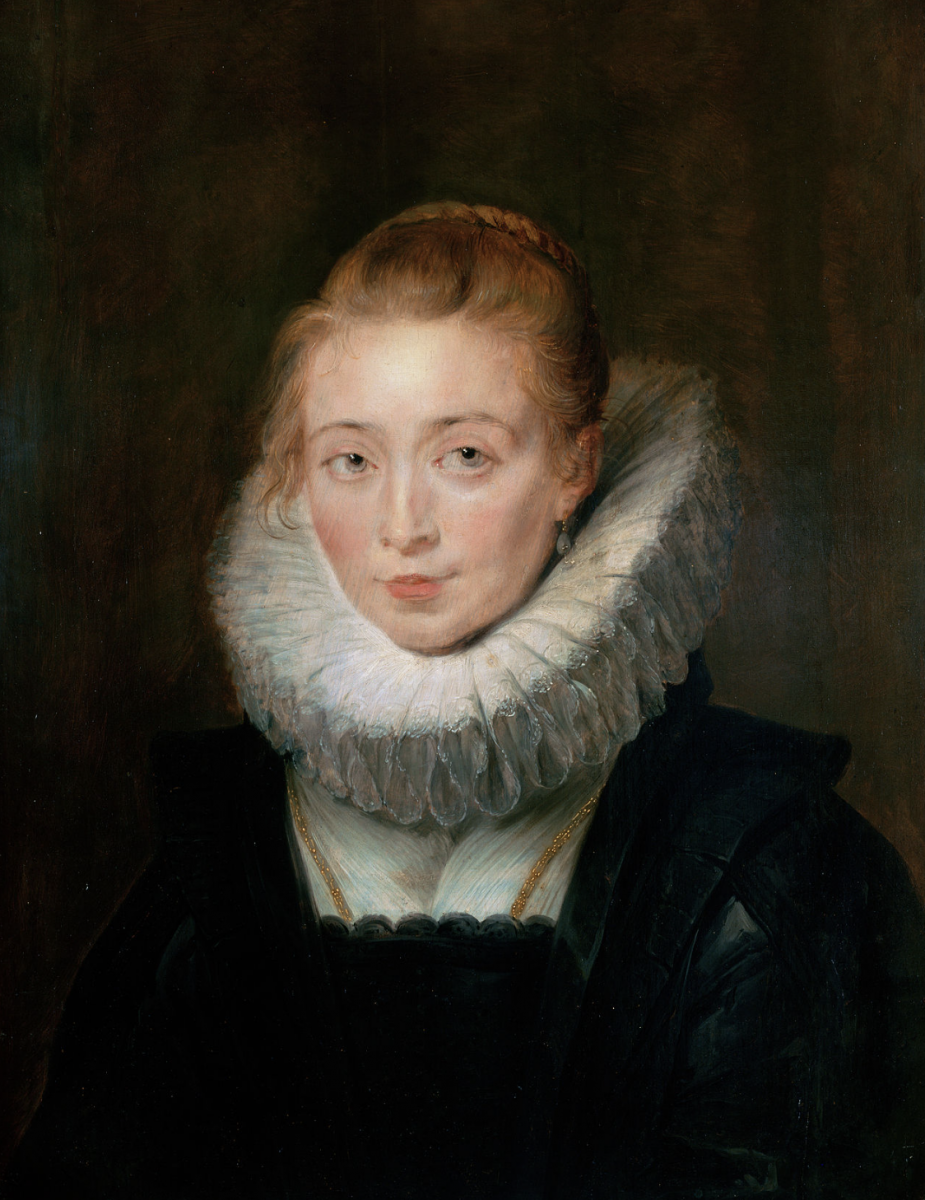
Pieter Paul Rubens, a titan of Baroque painting, stands as one of the most renowned and influential artists in European art history. Born on June 28, 1577, in Siegen, Germany, Rubens was a true master of his craft, blending the robust, dynamic spirit of the Baroque era with a level of skill that has rarely been matched before or since.

Early Life and Education
Pieter Paul Rubens was the son of Jan Rubens, a lawyer, and Maria Pypelincks. After his father's death, the family moved back to Antwerp, which was then one of the leading art centers in Europe. Under the tutelage of several prominent painters, Rubens honed his artistic skills. However, it was his eight-year period in Italy, beginning in 1600, that profoundly shaped his style. During this time, he absorbed the works of Italian Renaissance masters like Titian, Tintoretto, and Michelangelo, as well as contemporary artists like Caravaggio.
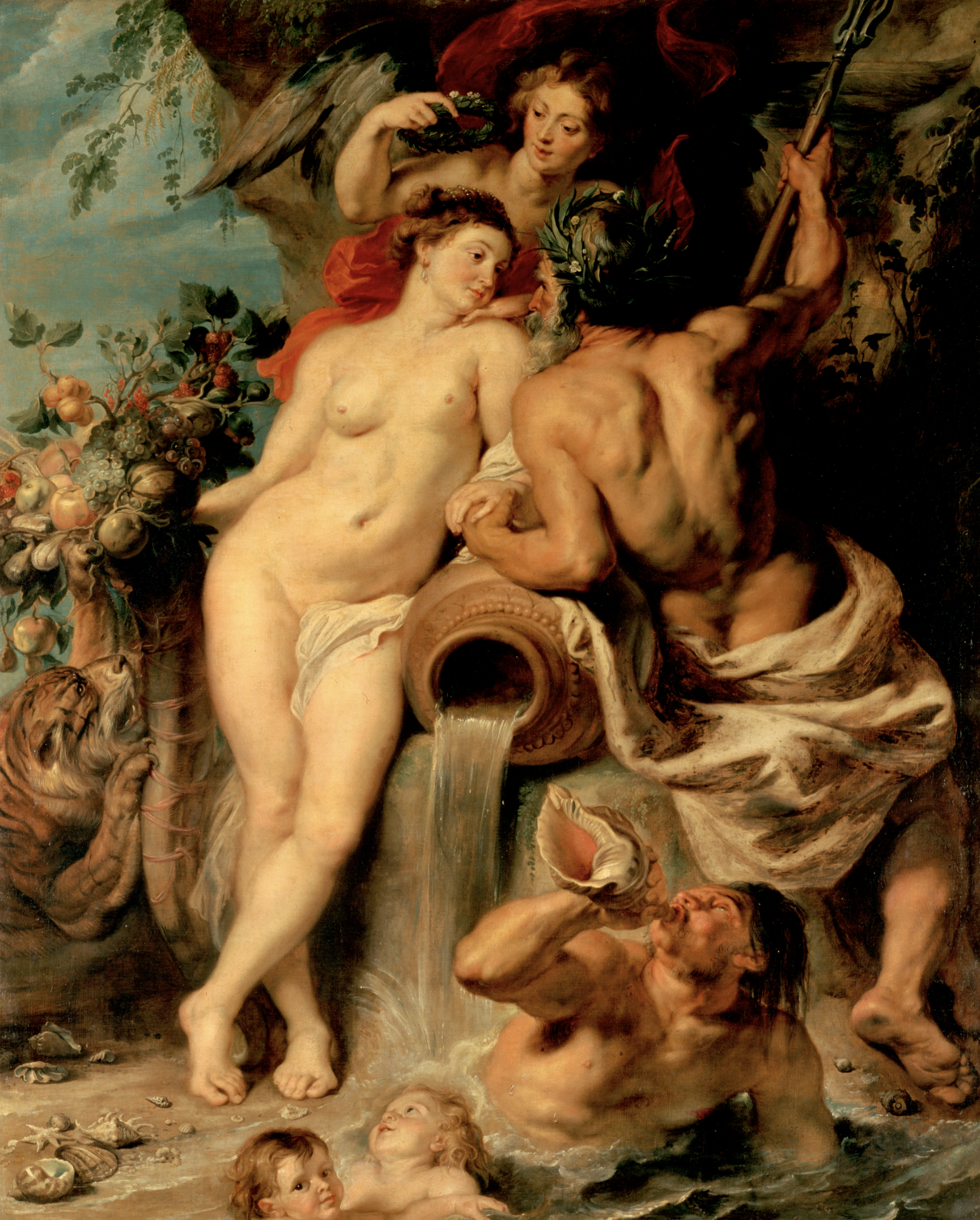
The Rubensian Style
Upon returning to Antwerp in 1608, Rubens brought with him a synthesis of Renaissance ideals and contemporary dynamism. His works were characterized by vivid color, sensuous richness, and a robust, energetic figure style. He had a particular talent for portraying movement and emotion, deftly capturing the complexities of the human form with a sense of life and vigor.
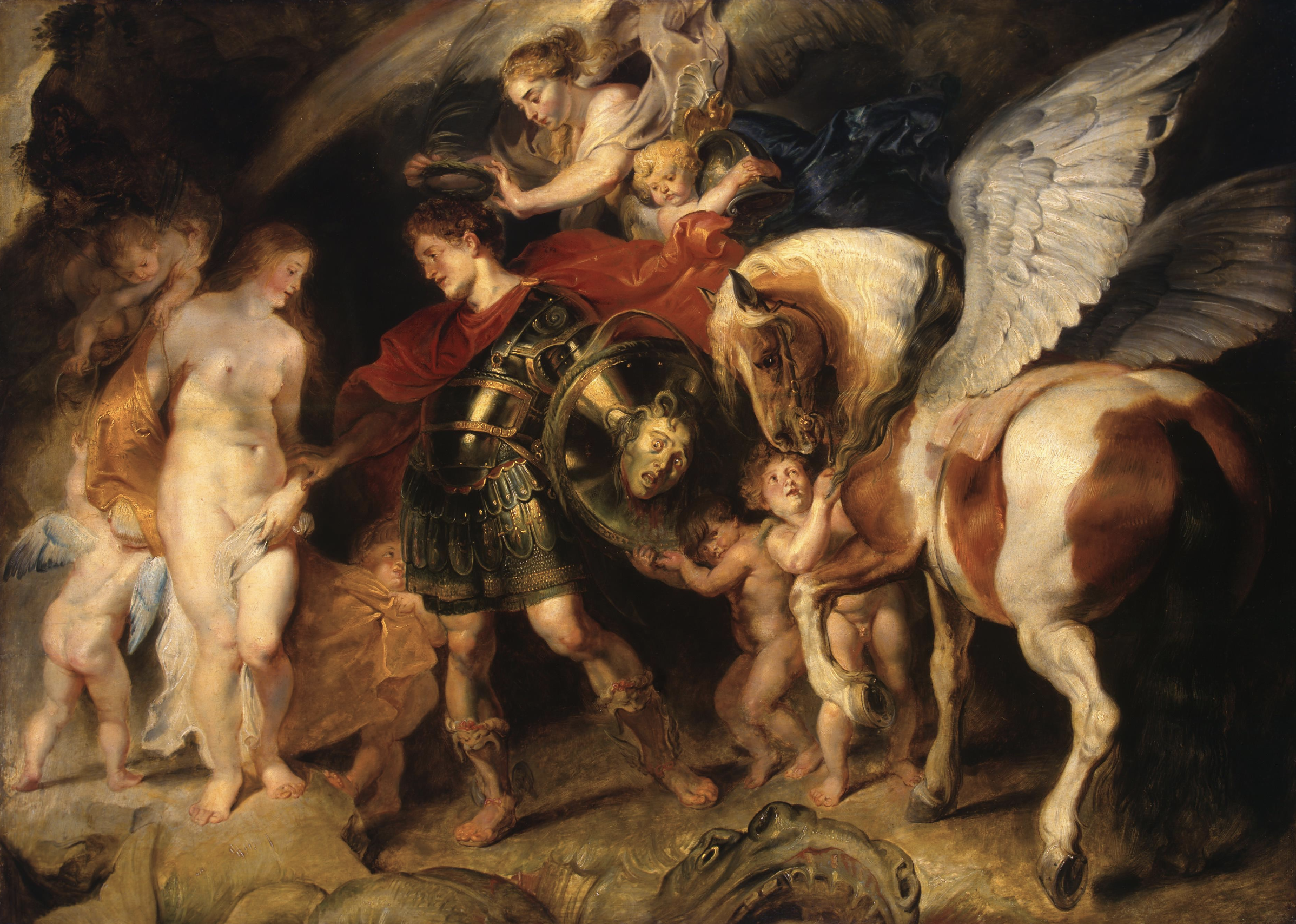
In his religious compositions, mythological scenes, and portraits, Rubens exhibited a remarkable ability to convey narrative and atmosphere. His altarpieces and triptychs for local churches showcased his devout Catholic faith, while his large-scale mythological and historical paintings featured dramatic gestures and intense emotional expressions.
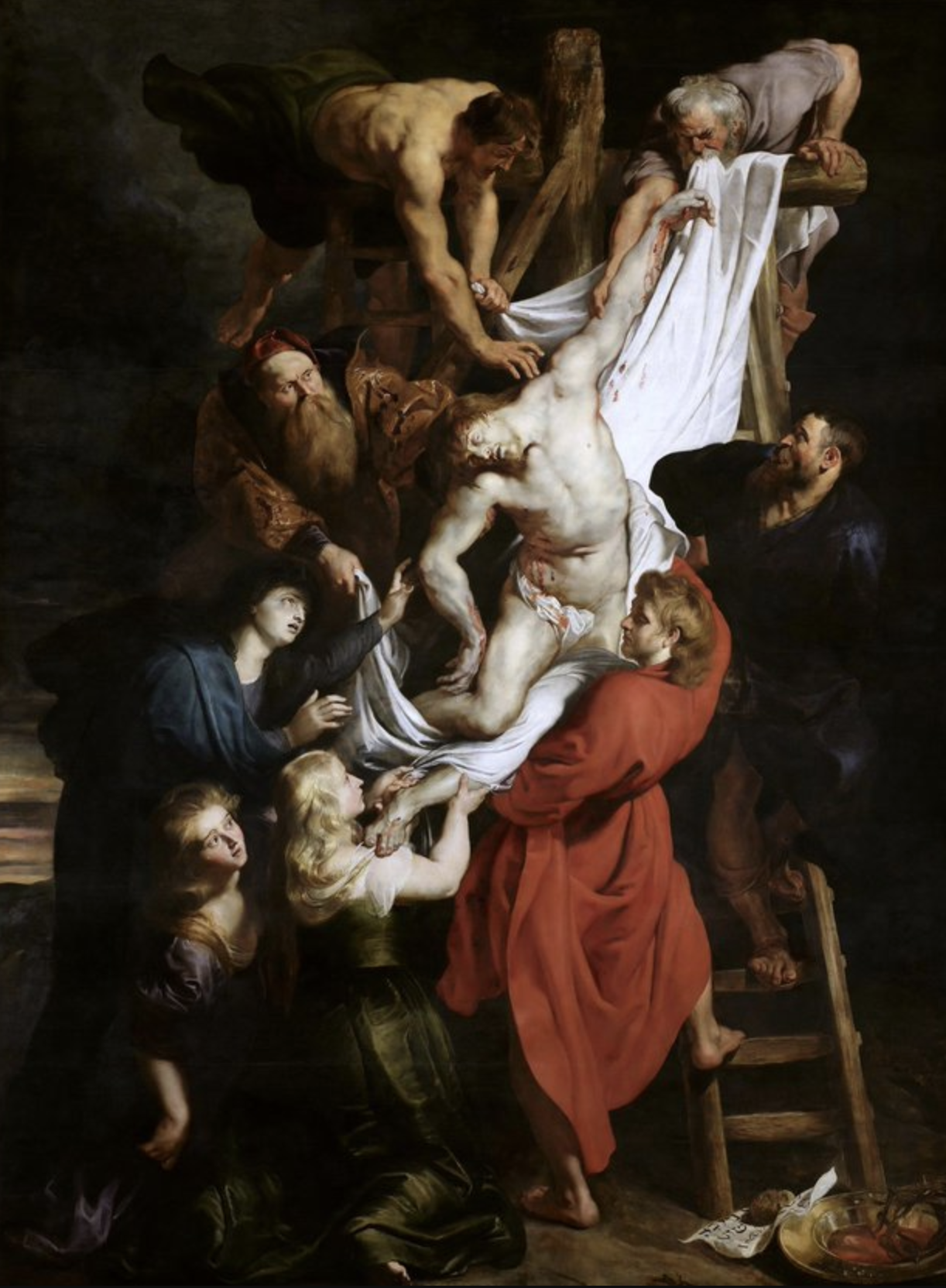
A Diplomat and Scholar
Rubens was not only a prolific painter but also a respected diplomat and a shrewd businessperson. He worked as a court painter to the rulers of Spain and the Netherlands and was knighted by both King Philip IV of Spain and King Charles I of England. His diplomatic career took him across European courts and provided him with a wealth of intellectual and cultural exposure that influenced his work.

His scholarly pursuits were evident in his careful attention to iconography and his use of classical references, which informed much of his complex thematic content. Being fluent in multiple languages and well-read in classical history and contemporary philosophy, Rubens brought a richness of knowledge to his canvases that few of his peers could match.

Influence and Legacy
Pieter Paul Rubens's impact on the art world extended far beyond his lifetime, influencing countless artists, including his pupil Anthony van Dyck and later painters such as Watteau and Delacroix. His style prompted the term 'Rubenesque', referring to his full-figured, voluptuous human subjects, which still denotes a particular kind of beauty.
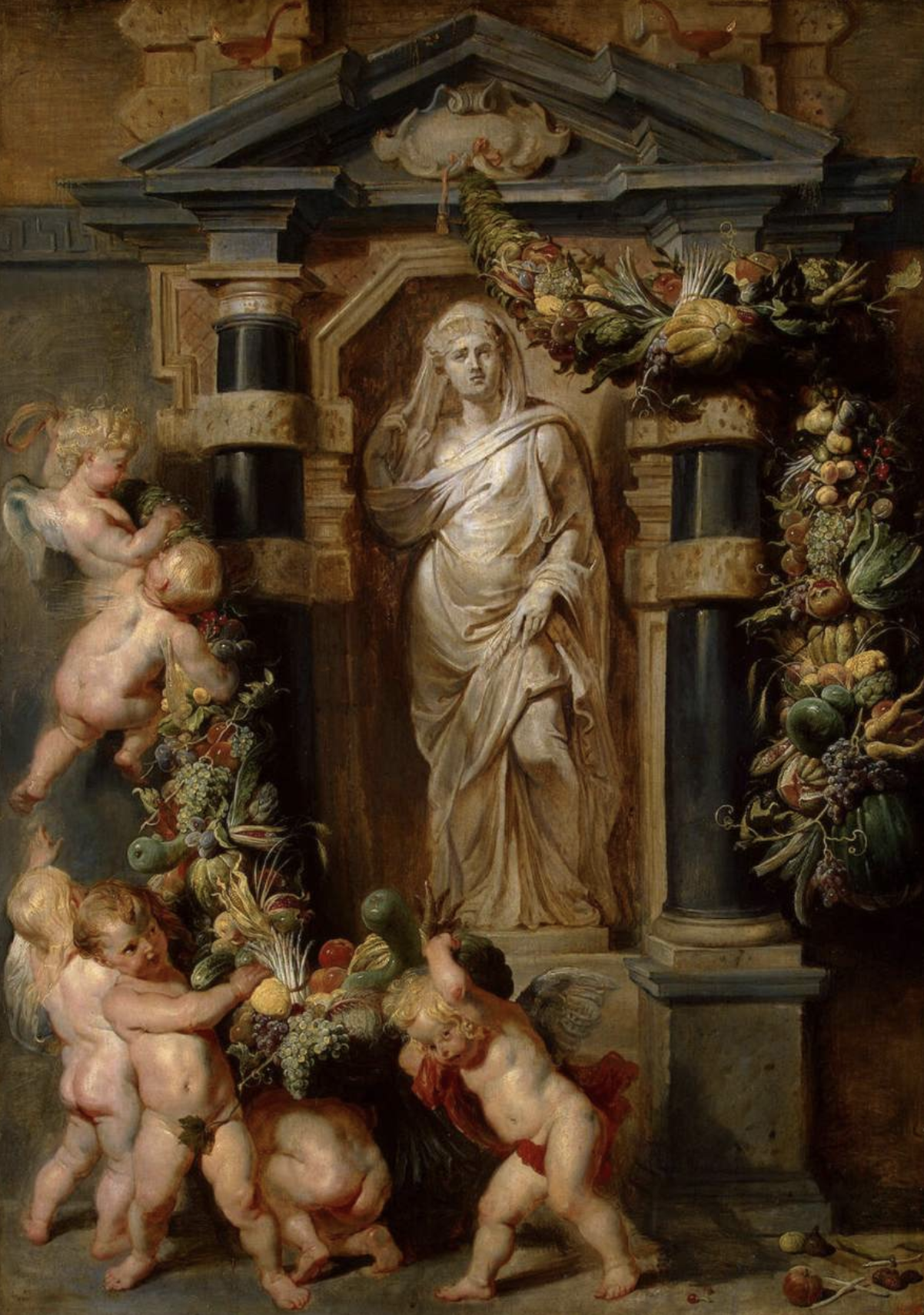
The artist's productivity was immense, and his workshop prolific, contributing to a body of work that numbers in the thousands. These pieces include not just paintings but also tapestry designs, book illustrations, and architectural projects.
Rubens spent the last years of his life focusing on his personal passion projects and enjoying a quieter life with his second wife, Helena Fourment. Even toward the end of his career, he continued to innovate, experimenting with new subjects and compositions.
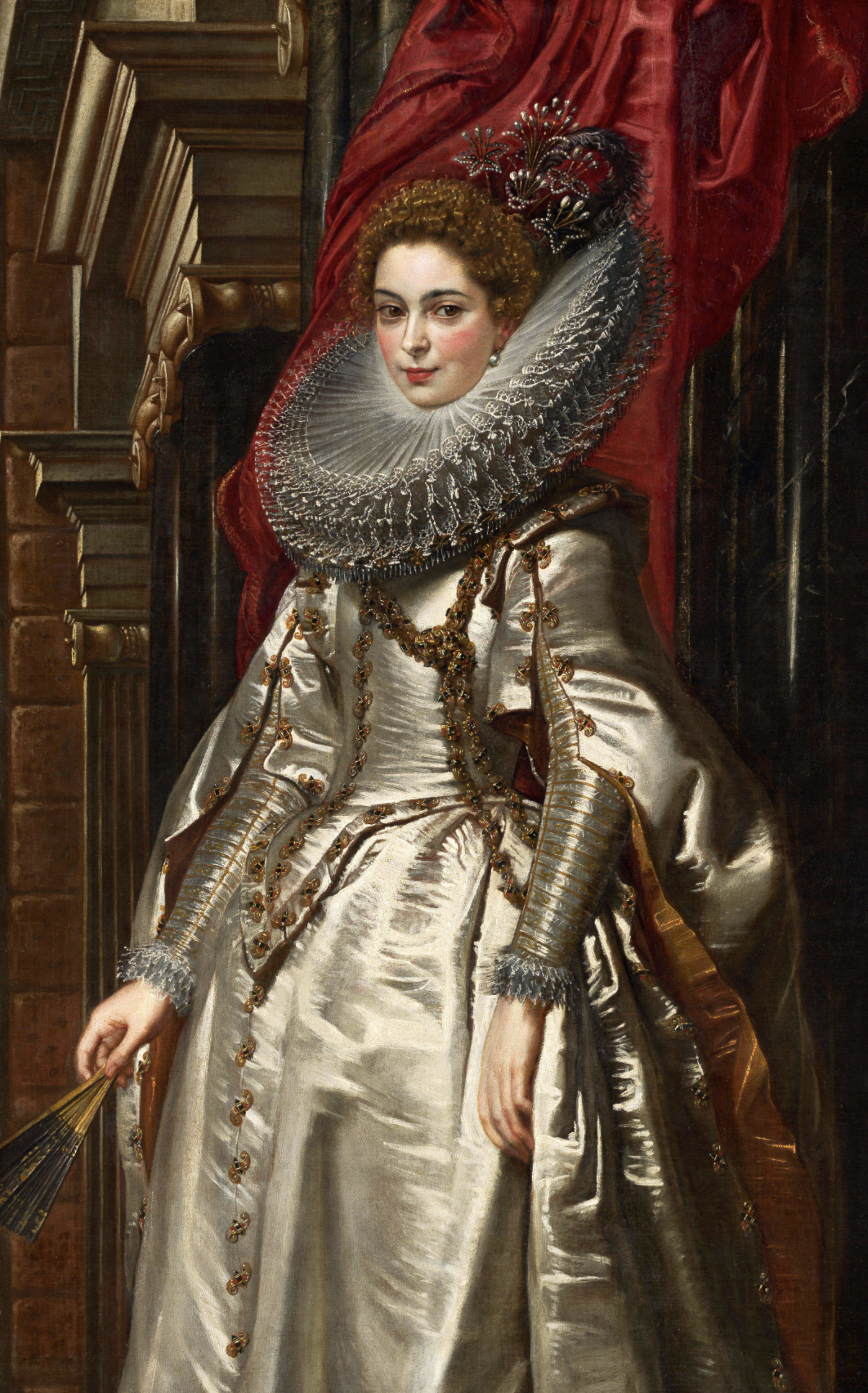
Pieter Paul Rubens died on May 30, 1640, but his legacy endures. His work is synonymous with the exuberance and grandeur of the Baroque period, offering a fascinating window into this time of dramatic expression and deep intellectual exploration. As an artist, diplomat, and scholar, Rubens transcended the role of a master painter to become a true polymath of the Baroque era. His artistic genius has left an indelible mark on the history of Western art, capturing the fervent spirit of his age and eternally inspiring future generations of artists.
Теги
art, Pieter Paul Rubens.